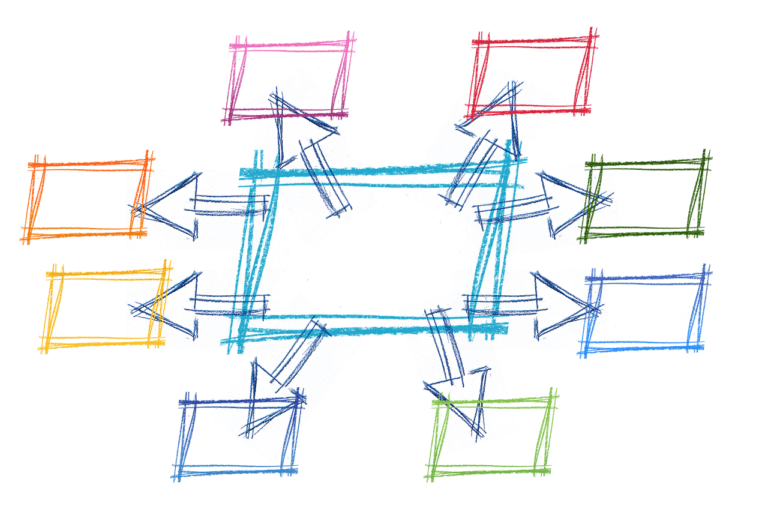
Like most hoteliers trying to figure out distribution and booking strategy, you’ve probably weighed the role of your CRS against that of your channel managers and vice versa. Maybe you’ve even thought that you can simply go with just one or the other?
NB: This is an article from SHR Global
Turns out, your best bet is a balance of the two. But you need to understand their differences first to fully appreciate what each can — and cannot — do for your hotel, your bookings, and your guests.
The Channel Manager
A channel manager’s main purpose is to connect hotels to OTAs to gather bookings. This is why substantial money and effort is put into connecting them to as many OTAs as possible. But expecting channels to function as a blanket type set-it-and-forget-it revenue solution that somehow runs all on its own is not what channel managers were created for. The truth is, all channels need to be properly and consistently managed. Because it’s only with the right management that you will be able to turn those vital OTA connections into a profitable part of an overall distribution strategy.
For example, by their very nature, OTAs tend to concentrate largely on the open-priced leisure market, using a date/rate/occupancy model of needed data. However, this, on its own, can provide a limited view of the entire distribution and booking landscape, leaving out corporate and group/event travelers, for instance. This is something to watch for when evaluating the data that you are receiving via the OTAs.
Another angle to consider is value. In a perfect world, every channel in your mix would be of equal value, but in reality, there are some that produce at a far greater rate than others. And that’s fine, because once you figure out which channels are producing and when, you can then manage to that production. Look at your highest yield channels, at number of reservations and at your actual profit margin on the bookings they bring to get a truer picture of where you may need to focus your efforts. For example, if bookings from your least expensive channels are too low, you may want to look more closely at these and adjust the content you are providing to each to ensure your hotel’s best online presence is working to bring those channels up. Or cease participation if the management of that channel is not bringing the expected results.
There is another benefit to honing your channel strategy and knowing which are your best producers, and which you need to work on, and that is knowing first-hand how you and your inventory are being presented and what your hotel looks like on each of those channels. Make sure that all your channels, especially your best producing, most profitable ones, have the photos and descriptions that put your hotel “personality” in its best light.
The CRS
By today’s technical definition, a CRS, or Central Reservations System, is a software platform that’s used to keep hotel inventory and rates information current and relevant so that hotels can manage guest reservations in real time. Just how this happens has evolved over the last few decades. In the beginning, the CRS’s main job, was that of connecting Travel Agents to Global Distribution Systems (GDS) and then to the hotel to handle bookings.
Since then, capabilities and expectations for the CRS have gotten more sophisticated, going far beyond bookings alone. Different from a channel manager that connects to OTAs, the CRS’s current purpose is really to connect your hotel to your guests. This means connecting to not only OTAs and GDS, but also powering the hotel’s Internet Booking Engine (IBE) and Central Reservations Office (CRO) also known as the Call Center, as well as connecting to the Revenue Management System (RMS), Property Management System (PMS), Consortia, and Customer Relationship Management (CRM). These multiple connections create and allow for complex distribution strategies and methods, all geared toward creating a strong connection to the guest while increasing bookings and loyalty. Techniques such as blended rates, derivation, sell limits, loyalty rates, etc., all exist with the goal of reaching your guests—and capturing more direct bookings in the process.
The CRS also allows various hotel staff, including revenue managers and GMs, to make reservation and rate adjustments across many channels and properties. Considering such flexibility and reach, it’s easy to see how the CRS has become a critical hub for a diversified — and successful — overarching distribution strategy.
Better Together
But even so, the CRS is even more powerful when augmented by well-managed channels. And that can only benefit you, the hotelier, pulling in as much revenue as possible via as many avenues as possible. By making fine-tuned strategies and booking concepts possible, today’s CRSs work hand in hand with channel managers to take on challenges that go far beyond what connecting to OTAs alone provides. Remember, today’s distribution strategies need to be controlled by the hotelier, for the hotel. The kind of reach and control this requires can only come from connecting effectively to the myriad choices available, CRS and channel managers included.
What You Can Do Today — A Checklist!
- First, make sure you take advantage of all relevant direct connections to GDS and OTA channels your CRS provides, including international OTAs if your target markets include EMEA and APAC.
- Then, utilize a channel manager connected to your CRS to connect to the long tail of regional, niche and upcoming OTAs that are relevant for your hotel where your competitors may not be present.
- Last, now you can connect with your CRS account manager to review what channels you are connected to and explore opportunities for connections to channels that would be beneficial to add to your online presence.



